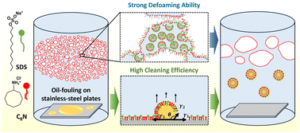
Meet our Advisory Board members who work in energy storage, energy conversion and electrochemistry
In February, we introduced our inaugural Advisory Board for RSC Applied Interfaces. Each month, we will be shining a spotlight on some of our new Advisory Board members and highlighting their current research interests.
This week we are delighted to introduce Sanjay Mathur, Zhongwei Chen, Karim Zaghib and Lianzhou Wang as members of our inaugural Advisory Board.

Sanjay Mathur is a Chair Professor and Director of the Institute of Inorganic Chemistry at the University of Cologne, Germany. His research interests focus on the application of nanomaterials and advanced ceramic coatings for energy technologies. He holds 11 patents, has co-authored over 500 original research publications and has edited several books. He was elected Fellow of the European Academy of Science in 2020 and as Foreign Fellow of National Academy of Science, India in 2021. He was awarded the Woody White Award of the Materials Research Society (MRS) in 2021 and had received the Medal of the Chemical Research Society of India (2022). He is the current President of the American Ceramic Society (ACerS, 2022-23) USA.
“I am glad to be on the Advisory Board of RSC Applied Interfaces because surfaces and interfaces are most fascinating aspects of materials science; they manifest a unique symbiosis – the art of living together!” – Sanjay Mathur

Zhongwei Chen is a Professor in Advanced Materials for Clean Energy at the University of Waterloo, Canada. His research interests are in the development of advanced energy materials and electrodes for fuel cells, metal-air batteries, and lithium-ion batteries. He is the recipient of multiple awards, including the Ontario Early Researcher Award, an NSERC Discovery Supplement Award, and the Distinguished Performance and Research Award. In 2018 and 2019, Dr Chen was listed as a Global Highly Cited Researchers by Clarivate Analytics. He was elected as Fellow of the Royal Society of Canada in 2019.

Karim Zaghib is a Professor of Chemical and Materials Engineering at Concordia University, Canada. He specialises in electrochemistry, rechargeable batteries (lithium-ion and solid-state), carbon science, energy transition and transportation electrification. Since 2022, he has been director of the Collaborative Center on Energy and its Transition (C2ET). Between 2020 and 2021, he was a practicing professor at McGill University and a strategic advisor to the management committee of Investissement Québec, where he was one of the architects of the Quebec strategy for the battery industry development. In 2019, he was awarded the Prix Lionel-Boulet by the Government of Quebec.

Lianzhou Wang is Professor at The University of Queensland, Australia. He is Australian Research Council (ARC) Australian Laureate Fellow in the School of Chemical Engineering, Director of the Nanomaterials Centre (Nanomac), and Senior Group Leader of the Australian Institute for Bioengineering and Nanotechnology (AIBN). Prof. Wang’s research focuses on the synthesis, characterisation and application of semiconductor nanomaterials for use in renewable energy conversion/storage systems including photocatalytsts for solar hydrogen and valuable chemical production, rechargeable batteries and low-cost solar cells.

Please join us in welcoming our new Advisory Board members to the journal community!
Comments Off on Introducing Sanjay Mathur, Zhongwei Chen, Karim Zaghib and Lianzhou Wang to our inaugural Advisory Board



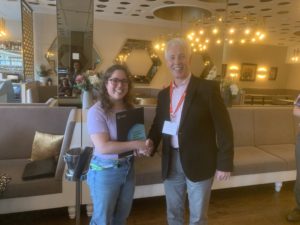
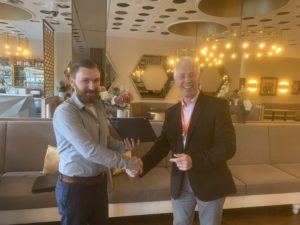









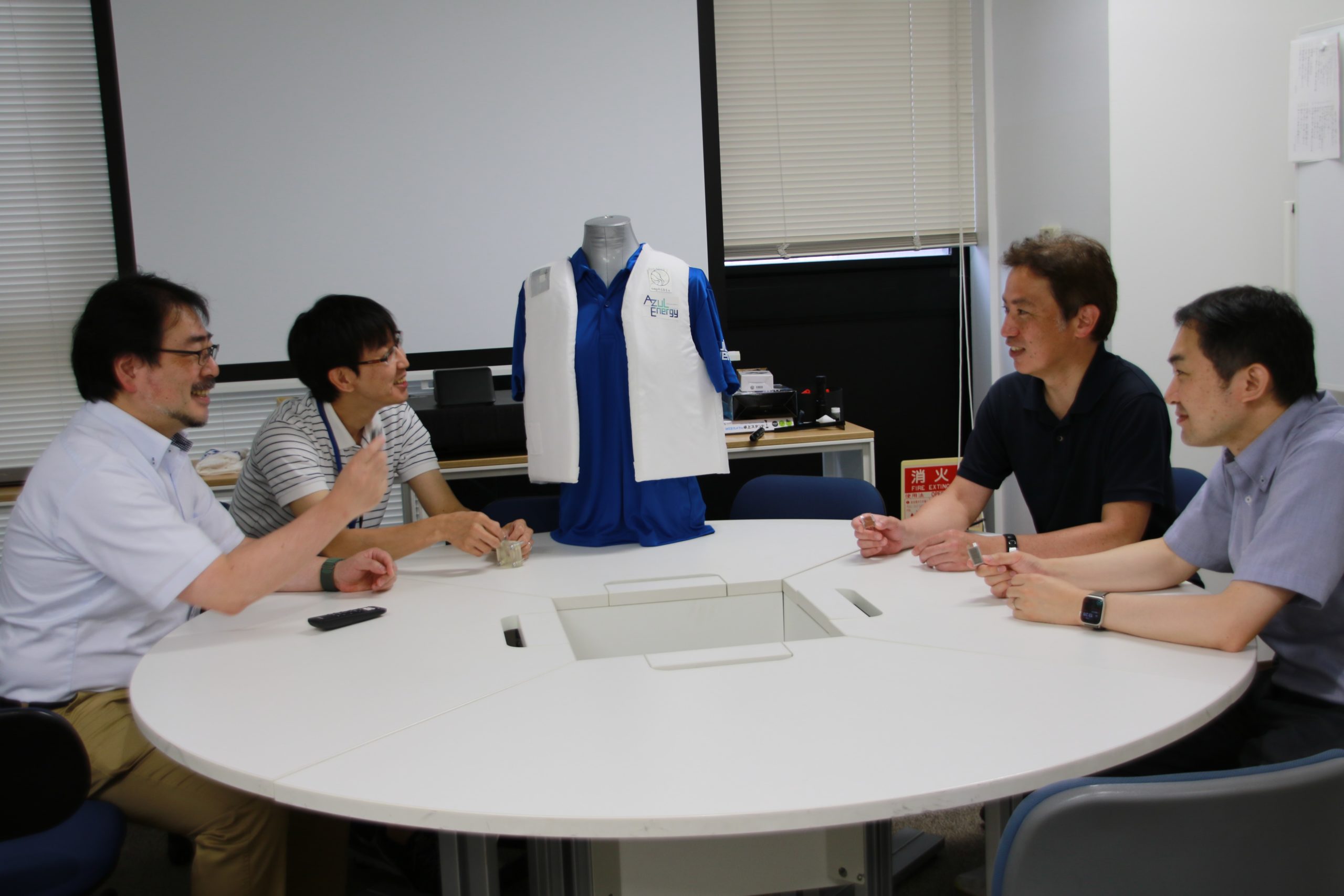

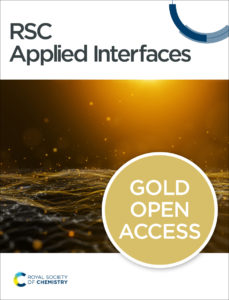
 Polyvinylpyrrolidone-mediated synthesis of ultra-stable gold nanoparticles in a nonaqueous choline chloride–urea deep eutectic solvent
Polyvinylpyrrolidone-mediated synthesis of ultra-stable gold nanoparticles in a nonaqueous choline chloride–urea deep eutectic solvent


